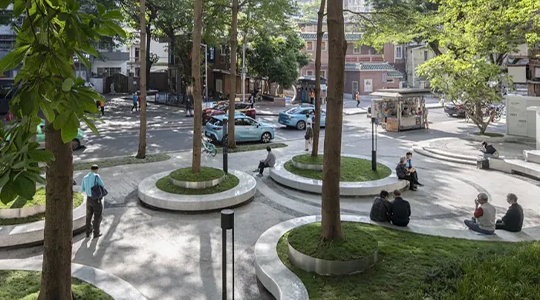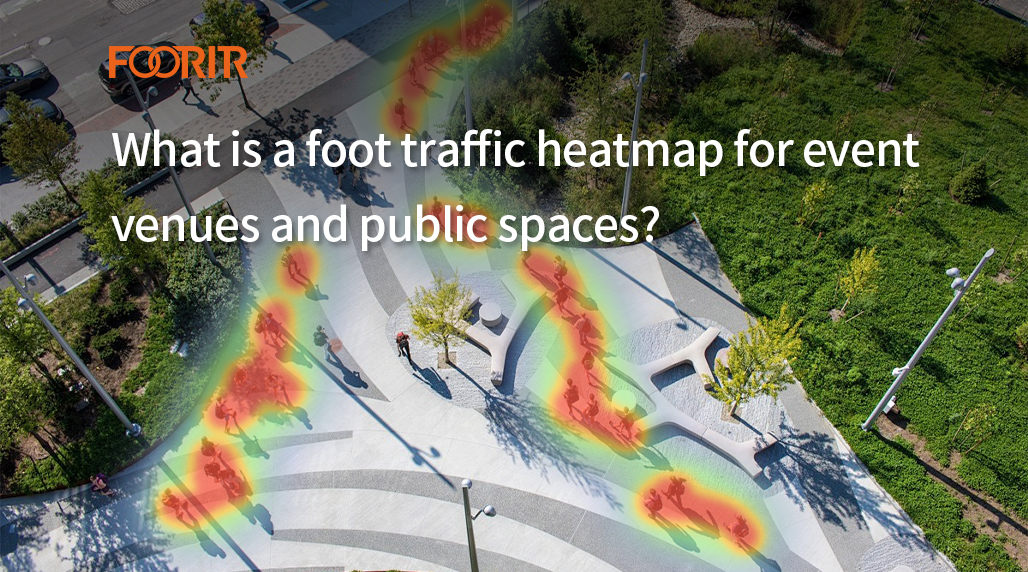Alright, let’s talk about figuring out where people actually go in busy places. You know, like at those town fairs or even just bigger public squares. I got into trying to map this out, creating what they call a ‘foot traffic heatmap’. It wasn’t exactly rocket science, but it took some fiddling.
It started when I was helping organize a local community event a couple of years back. We always had arguments about the best spots for vendors. Everyone wanted the ‘prime’ location, but honestly? We were just guessing based on gut feeling. Seemed silly. I thought, there must be a better way than just watching people wander around and taking notes like some kind of stalker.
Getting Started – What Didn’t Work
First off, I looked into fancy sensor systems. You see these things advertised, right? Super expensive, complex setups. That was a non-starter for our little event budget. Forget that. Then I thought about maybe using Wi-Fi. Phones ping networks, maybe track that? Tried messing around with some cheap Wi-Fi sniffing tools. What a mess. The data was all over the place, totally unreliable. People turning Wi-Fi off, signals bouncing weirdly… useless for getting a real picture.
The Camera Idea
Then it hit me. We already had a couple of basic security cameras set up for, well, security. They were just recording to a hard drive. What if I could use that footage? The cameras weren’t great, just standard definition things, but they covered the main areas. The challenge was turning hours of video into a simple picture showing busy spots.
I poked around online. Found some discussions, a few bits of code people had shared. Nothing was plug-and-play, mind you. It involved grabbing the video feed first. That itself took an afternoon of wrestling with camera settings and finding the right streaming address. Then, the real fun: processing it.

Making the Map Thingy
I ended up using some computer vision library – think it was OpenCV, but I’m hazy on the exact details now. It wasn’t like I wrote complex code. More like stitching together examples I found. The basic idea was:
- Grab a frame from the video every few seconds.
- Run a simple ‘background subtraction’ thing. Basically, figure out what’s the ‘normal’ empty scene and then highlight anything that moves against it (that’s people, hopefully).
- Mark the spots where movement happened on a blank image.
- Over time, places with lots of marks get ‘hotter’ – brighter or redder on the map.
Getting this running was painful. My laptop sounded like it was going to take off. Processing hours of video took forever. Sometimes it mistook shadows or flapping banners for people. I had to tweak the settings constantly – sensitivity, how often to grab a frame, what size ‘blob’ counts as a person. It was trial and error, mostly error for a while.
I remember running it on footage from a previous year’s event first. The first ‘heatmap’ I got was just a giant red blob over the whole area. Totally useless. Turns out the sensitivity was way too high. Dialed it back, ran it again overnight. Woke up, and hey! It actually looked like something. Clear hot spots near the entrance, the food stalls (no surprise there), and weirdly, one specific corner.
What I Learned
That weird corner hot spot? We figured it out. It was the only spot with decent shade in the afternoon! People were just congregating there to escape the sun. We’d never consciously realized how popular that specific, non-obvious spot was. The next event, we actually put a drinks vendor near there. Made sense, right?
Another time, we used it for a gallery space opening. We thought the main exhibit would be the big draw. The heatmap showed people were spending way more time clustered around a smaller, interactive piece tucked away in a side room. Totally changed how the gallery owner thought about visitor engagement. They actually rearranged things later based on that insight.

It’s not a perfect system. Lighting changes mess it up. Too many people clumped together just become one big blob. And you need decent camera placement. But even with a rough, home-brewed setup, it gave us actual data instead of just guesses. It stopped a lot of arguments about where the ‘best’ spots were, because we could just point to the map and say “Look, this is where people actually stopped and spent time.”
It’s funny, I spent ages tinkering with this technical stuff, getting frustrated with code and cameras. Reminds me of a job I had ages ago, totally different field, building control systems for warehouses. We had this one system everyone thought was super efficient. We put in some basic monitoring, just tracking conveyor belt movements and wait times. Turned out, the ‘efficient’ system had massive hidden bottlenecks nobody noticed because they were looking at the wrong metrics. Sometimes you just need to find a simple way to actually see what’s happening, even if the method is a bit crude. That’s what this heatmap thing felt like. Not fancy, but it showed us the truth.
